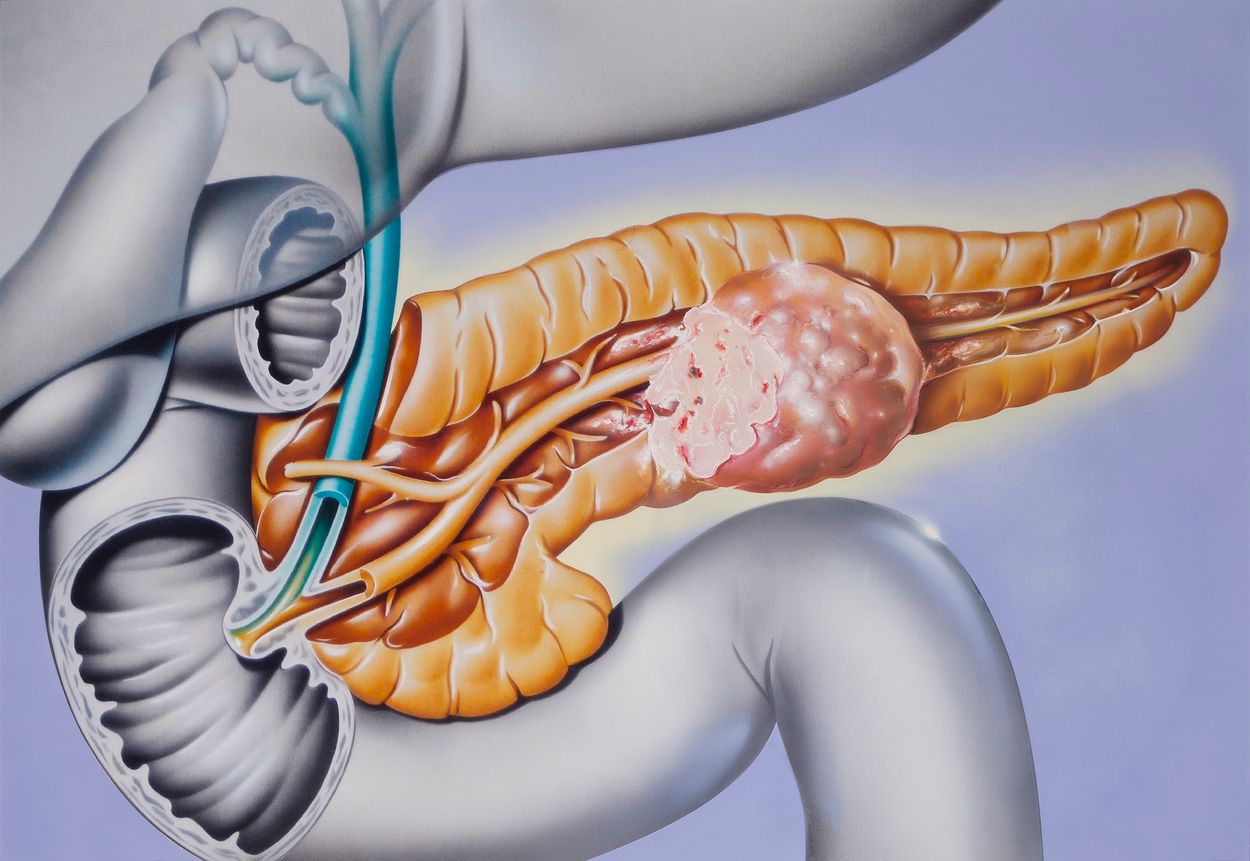
Non-functioning pancreatic endocrine tumors might sound like a mouthful, but understanding them is crucial. These rare tumors form in the pancreas but don't produce hormones, making them tricky to detect. Symptoms often appear late, leading to delayed diagnosis. They can cause abdominal pain, weight loss, or even jaundice. Treatment options include surgery, chemotherapy, and targeted therapies. Early detection improves outcomes, so knowing the signs is vital. This post will dive into 30 essential facts about these tumors, helping you grasp their nature, causes, and treatments. Ready to learn more? Let's get started!
Key Takeaways:
- Non-functioning pancreatic endocrine tumors (NF-PETs) are rare and hard to detect early. Symptoms are related to tumor size and location, making early diagnosis challenging.
- Treatment for NF-PETs depends on tumor size, location, and spread. Surgery is the primary treatment for localized tumors, while chemotherapy and targeted therapy are used for advanced stages. Regular follow-up is crucial for monitoring.
What is a Non-Functioning Pancreatic Endocrine Tumor?
Non-functioning pancreatic endocrine tumors (NF-PETs) are rare types of tumors that arise from the hormone-producing cells of the pancreas. Unlike their functioning counterparts, these tumors do not produce excess hormones, making them harder to detect early.
- NF-PETs are less common than functioning pancreatic endocrine tumors.
- These tumors often go unnoticed until they grow large enough to cause symptoms.
- They are usually discovered incidentally during imaging for other conditions.
Symptoms of Non-Functioning Pancreatic Endocrine Tumors
Since NF-PETs do not produce hormones, symptoms are often related to the tumor's size and location. Here are some common symptoms:
- Abdominal pain is a frequent symptom due to the tumor pressing on nearby organs.
- Weight loss can occur as the tumor affects digestion and nutrient absorption.
- Jaundice may develop if the tumor obstructs the bile duct.
- Nausea and vomiting are common when the tumor blocks parts of the digestive tract.
- Back pain can result from the tumor pressing on nerves.
Diagnosis of Non-Functioning Pancreatic Endocrine Tumors
Diagnosing NF-PETs can be challenging due to their non-specific symptoms. Various diagnostic tools are used to identify these tumors.
- CT scans are often the first imaging test used to detect NF-PETs.
- MRI provides detailed images of the pancreas and surrounding tissues.
- Endoscopic ultrasound (EUS) allows for close examination of the pancreas and can guide biopsy.
- PET scans help in identifying metastasis by highlighting areas of high metabolic activity.
- Blood tests may show elevated levels of certain markers like chromogranin A.
Treatment Options for Non-Functioning Pancreatic Endocrine Tumors
Treatment depends on the tumor's size, location, and whether it has spread. Here are some common treatment methods:
- Surgery is the primary treatment for localized NF-PETs.
- Chemotherapy may be used if the tumor has spread to other parts of the body.
- Targeted therapy focuses on specific molecules involved in tumor growth.
- Radiotherapy can help shrink tumors and relieve symptoms.
- Somatostatin analogs are drugs that can slow tumor growth.
Prognosis and Survival Rates
The prognosis for NF-PETs varies based on several factors, including tumor size, stage, and treatment response.
- Early-stage NF-PETs have a better prognosis compared to advanced stages.
- The five-year survival rate for localized NF-PETs is relatively high.
- Tumors that have metastasized have a lower survival rate.
- Regular follow-up is crucial to monitor for recurrence or progression.
- Advances in treatment have improved survival rates over the past decade.
Risk Factors and Prevention
Understanding the risk factors can help in early detection and prevention of NF-PETs.
- Family history of endocrine tumors increases the risk of developing NF-PETs.
- Genetic syndromes like Multiple Endocrine Neoplasia type 1 (MEN1) are associated with higher risk.
- Smoking has been linked to an increased risk of pancreatic tumors.
- Chronic pancreatitis may elevate the risk of developing NF-PETs.
- Maintaining a healthy lifestyle can potentially reduce the risk of pancreatic tumors.
Research and Future Directions
Ongoing research aims to improve the understanding and treatment of NF-PETs. Here are some areas of focus:
- New biomarkers are being studied for early detection of NF-PETs.
- Immunotherapy is an emerging treatment option showing promise in clinical trials.
Final Thoughts on Pancreatic Endocrine Tumors
Understanding non-functioning pancreatic endocrine tumors is crucial for early detection and effective treatment. These tumors, though rare, can significantly impact one's health. They often go unnoticed due to the lack of symptoms, making regular check-ups essential. Early diagnosis can lead to better outcomes, so staying informed about potential signs and risk factors is vital.
Treatment options vary, including surgery, medication, and sometimes radiation. Consulting with healthcare professionals ensures the best approach tailored to individual needs. Awareness and education about these tumors can lead to timely interventions and improved quality of life.
Remember, knowledge is power. By staying informed and proactive, you can navigate the challenges posed by non-functioning pancreatic endocrine tumors more effectively. Keep these facts in mind, and don't hesitate to seek medical advice if you have concerns. Your health is worth it.
Frequently Asked Questions
Was this page helpful?
Our commitment to delivering trustworthy and engaging content is at the heart of what we do. Each fact on our site is contributed by real users like you, bringing a wealth of diverse insights and information. To ensure the highest standards of accuracy and reliability, our dedicated editors meticulously review each submission. This process guarantees that the facts we share are not only fascinating but also credible. Trust in our commitment to quality and authenticity as you explore and learn with us.
